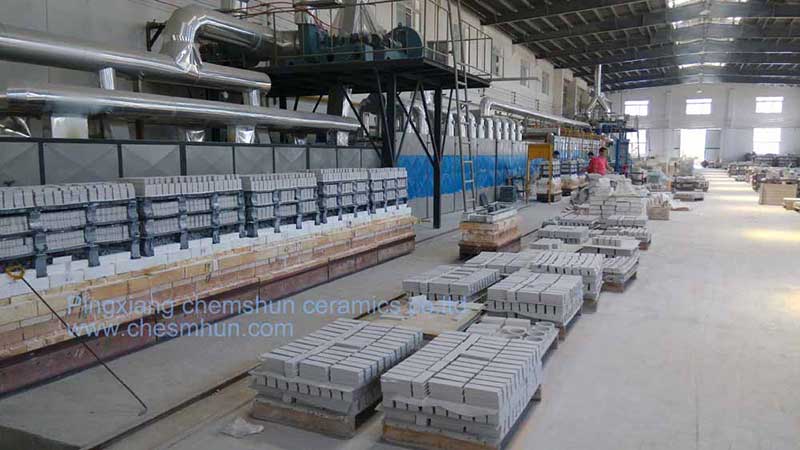Top articles
- High-purity 99.7% alumina ceramics helpful to semiconductor manufacturing technology
- Alumina Ceramic Grinding Balls: High-Efficiency Solutions for Industrial Grinding
- How to Select Suitable Wear-Resistant Ceramic Lining Tiles in the Mining Industry
- Advantages of Ceramic Rubber Composite Liners in Industrial Applications
- How to Install Alumina Ceramic Liners for Long-Lasting Adhesion?
- 99% alumina bulletproof ceramics are the preferred materials for protective devices
- Alumina Ceramic Substrates:Characteristics,Advantages,Disadvantages,and Applications
- Why do alumina industrial ceramics wear out?
- The reason of abrasion resistant ceramic tiles falling off when pasted on equipment
- Seven aspects of advantages & applications of alumina ceramic substrates
Latest articles
- High-purity 99.7% alumina ceramics helpful to semiconductor manufacturing technology
- Alumina Ceramic Grinding Balls: High-Efficiency Solutions for Industrial Grinding
- How to Select Suitable Wear-Resistant Ceramic Lining Tiles in the Mining Industry
- Advantages of Ceramic Rubber Composite Liners in Industrial Applications
- How to Install Alumina Ceramic Liners for Long-Lasting Adhesion?
- Welcome to EXPOMIN 2025
- 99% alumina bulletproof ceramics are the preferred materials for protective devices
- Alumina Ceramic Substrates:Characteristics,Advantages,Disadvantages,and Applications
- Why do alumina industrial ceramics wear out?
- Chemshun Ceramics Chinese New Year Holiday Notice
Your browsing history

Wear resistant alumina ceramic properties change with sintering time
Wear resistant alumina ceramics is powder pressed embryo from alumina raw material after isostatic pressing, which is then put into kiln for sintering. During the sintering process, the strength of the bonded sintered body between the alumina compact powder particles is increased, and the aggregate of the powder particles is changed to the aggregate of crystal grains to obtain products or materials with required physical and mechanical properties.
The length of sintering time has great influence on the performance of abrasion resistant alumina ceramic products, especially the wear resistance is more obvious. Three kinds of changes usually occur in the ceramic sintering process: the increase of grain size and density, 2) the change of pore shape and 3) the change of pore size and number, usually the porosity decreases.
Alumina ceramic sintering is divided into three stages: the initial stage, the middle stage and the later stage. With the increase of temperature and time, the initial stage of sintering will bring the particles closer together, the large voids will disappear, the overall pores will decrease, the total area is not reduced, the medium-term gas surface area is reduced, and the voids are still connected to the later stage. The pores gradually shrink and deform, and finally turn into isolated closed pores. The grain boundaries begin to move, and the pores gradually migrate to the grain boundaries and finally disappear, and the sintered body becomes denser.
Different sintering temperatures have a great impact on the apparent porosity and true density of alumina ceramics, and increase the grain size and improve the distribution of voids. Experiments have shown that the performance of alumina ceramics obtained when the sintering temperature is 1500 degrees Celsius is the best of
Pingxiang Chemshun Ceramics Co., Ltd produce ceramics with 3 shuttle kilns and 1 piece 13-meter tunnel kiln. which ensure the fast delivery of ceramic pipes, ceramic plates and other wear-resistant ceramics









